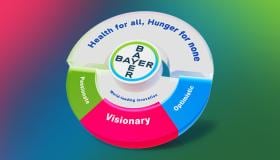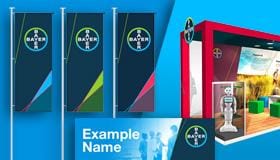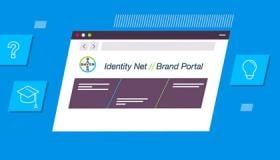SEO Guidance
Search is the number one driver of traffic to our website. 68% of all online experiences begin with search. In order to be visible high on search engine results pages, websites need to be optimized for search engines. This involves creating high-quality, valuable content that addresses the needs and interests of your target audience but also using relevant keywords and phrases. Here are 5 tips that you should consider when optimizing your web content for the search.

1. Conduct a Keyword Research and Define Your Keyword
Keywords are the words and phrases people type into search engines to find what they are looking for.
- Select 1 to 3 keyword(s) that apply best to your content.
- Consider search intent and relevance when creating your story: always think about your audience first. Who are you writing for? What question are you trying to answer?
- Conduct additional research by Googling the topic and keywords and check if they are still relevant. What are related searches? What do people search for on these topics?
2. Integrate Relevant Keywords on Your Page
A website that is well optimized “speaks the same language” as the potential visitor by using the right keywords in content so it’s easier for people to locate it through search engines.
Look for ways to use selected 1 to 3 focus keywords 2 to 3 times in your story.
Incorporate focus keyword(s) into your headlines and/or sub-headlines.
Implement keyword(s) early in copy, ideally within the first 100 words.
If it fits you can also include a keyword in the link for the webpage.
3. Optimize Metadata
Metadata summarizes basic information about your content to help users understand what your page is about and how it relates to their inquiry.
Make your title tag (the title of a webpage) unique and accurate, include your main keyword or a rich keyword phrase (max 60 characters).
Think of a meta description (a summary of a web page) as a mini ad that is displayed as part of the search snippet in a search engine results page. Create a meta description that is concise, compelling and includes a call to action (max 160 characters).
Prepare a URL slug (the last part of the URL) that represents what your page is about (ideally include your keyword). Example: bayer.com/en/news-stories/lung-cancer-early-screening-and-detection.
4. Include Keyword-Rich Internal Links
Internal links are hyperlinks that point to different pages on the same site. Linking to pages with related content is a great way to help search engines recognize your topic.
Research website pieces that mention or discuss topics from your article.
Optimize link text to describe what a visitor and search engine can expect to see on the linked page (ideally include your keyword). Example: At Bayer, we’ve joined the fight against Parkinson’s.
5. Optimize Images and Videos
Alt tag, or alt text, contains the alternative text for an image and describes what that image shows. It provides another space to include keywords so that Google has a better understanding of the content on the page.
Make your alt tag short but descriptive. Example: “crowded football stadium” not ‘stadium’
Include keywords in alt tags, video headlines, descriptions, and transcripts when applicable.
These practices help search engines understand your content and rank the website better. For more in-depth tips on keyword research, be sure to check out our keyword guidance.





